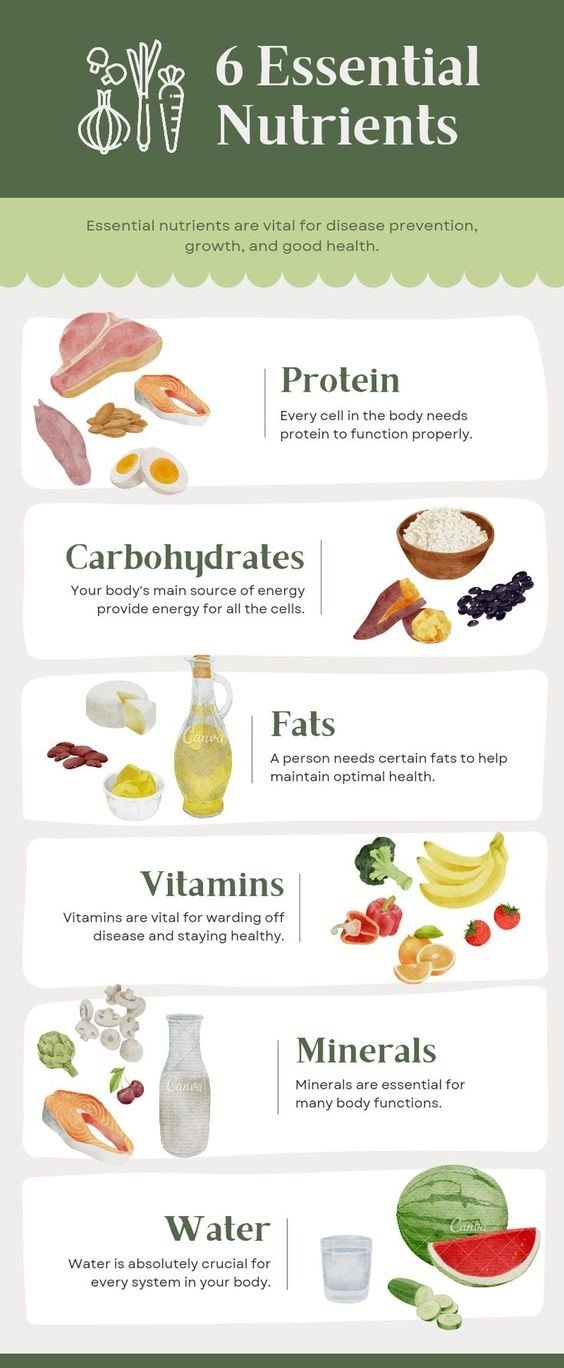Introduction
A balanced diet is the foundation of good health, providing the essential nutrients our bodies need to function optimally. Conversely, malnutrition, resulting from inadequate or imbalanced nutrient intake, can have severe health consequences. Understanding the sources of a balanced diet and the risks associated with malnutrition is crucial for maintaining overall well-being.
What is a Balanced Diet?
A balanced diet includes a variety of foods in the right proportions to provide the necessary nutrients for energy, growth, and bodily functions. Here’s a breakdown of the key components and their sources:
- Fruits and Vegetables
- Sources: Apples, oranges, bananas, berries, spinach, kale, broccoli, carrots.
- Benefits: Rich in vitamins, minerals, antioxidants, and fiber, these foods support immune function, skin health, and digestion.
- Proteins
- Sources: Lean meats (chicken, turkey), fish, eggs, beans, lentils, nuts, and seeds.
- Benefits: Essential for muscle repair and growth, enzyme production, and hormone regulation.
- Carbohydrates
- Sources: Whole grains (brown rice, quinoa, oats), vegetables, fruits, and legumes.
- Benefits: Provide a primary energy source, support brain function, and maintain healthy digestion through fiber.
- Fats
- Sources: Avocados, nuts, seeds, olive oil, fatty fish (salmon, mackerel).
- Benefits: Important for brain health, hormone production, and cell structure. Healthy fats also help absorb fat-soluble vitamins (A, D, E, K).
- Dairy or Dairy Alternatives
- Sources: Milk, yogurt, cheese, fortified plant-based alternatives (almond milk, soy milk).
- Benefits: Provide calcium, vitamin D, and other essential nutrients for bone health.
The Importance of a Balanced Diet
A balanced diet helps maintain a healthy weight, reduces the risk of chronic diseases (such as heart disease, diabetes, and cancer), and promotes overall health. It also supports mental health, energy levels, and quality of life.

Understanding Malnutrition
Malnutrition occurs when the body does not get the necessary nutrients in the right amounts. It can be caused by undernutrition (not enough nutrients) or overnutrition (excess nutrients, leading to obesity and related issues).
Types of Malnutrition
- Undernutrition
- Causes: Inadequate food intake, poor absorption, disease, or increased nutritional needs.
- Consequences: Stunted growth in children, weakened immune system, muscle wasting, fatigue, and increased susceptibility to infections.
- Overnutrition
- Causes: Excessive intake of calories, fats, sugars, and certain nutrients.
- Consequences: Obesity, cardiovascular diseases, type 2 diabetes, liver disease, and certain cancers.
Common Nutrient Deficiencies
- Iron
- Sources: Red meat, poultry, fish, lentils, beans, fortified cereals.
- Deficiency Symptoms: Anemia, fatigue, weakness, pale skin.
- Vitamin A
- Sources: Carrots, sweet potatoes, spinach, liver.
- Deficiency Symptoms: Night blindness, weakened immune system, skin issues.
- Vitamin D
- Sources: Sunlight exposure, fatty fish, fortified dairy products.
- Deficiency Symptoms: Bone pain, muscle weakness, increased risk of fractures.
- Iodine
- Sources: Iodized salt, seafood, dairy products.
- Deficiency Symptoms: Goiter, hypothyroidism, developmental delays in children.
Preventing Malnutrition
- Educate and Raise Awareness: The first step is to understand the importance of a balanced diet and the risks of malnutrition.
- Improve Food Access: Ensuring access to various healthy foods for all population groups.
- Monitor Nutritional Status: Regular health check-ups can help detect and address nutritional deficiencies early.
- Promote Sustainable Agriculture: Supporting local and sustainable food production can improve food security and nutrition.
Conclusion
A balanced diet is essential for maintaining health and preventing malnutrition. By consuming various nutrient-rich foods and understanding the risks associated with poor nutrition, individuals can achieve optimal health and well-being. Education, access to healthy foods, and proactive health measures are key to combating malnutrition and fostering a healthier society.

Leave a Reply